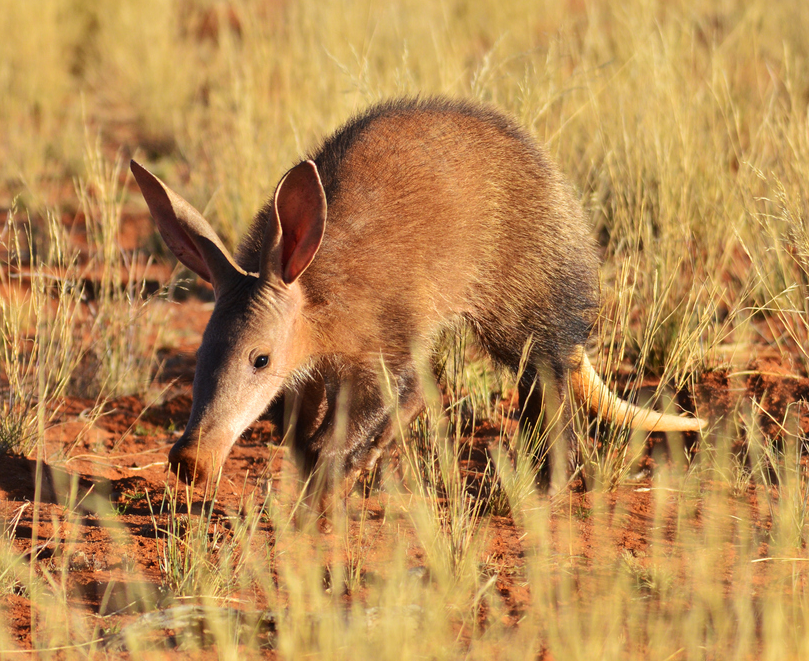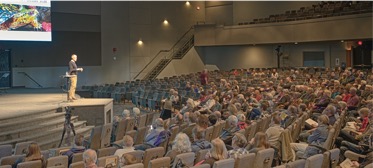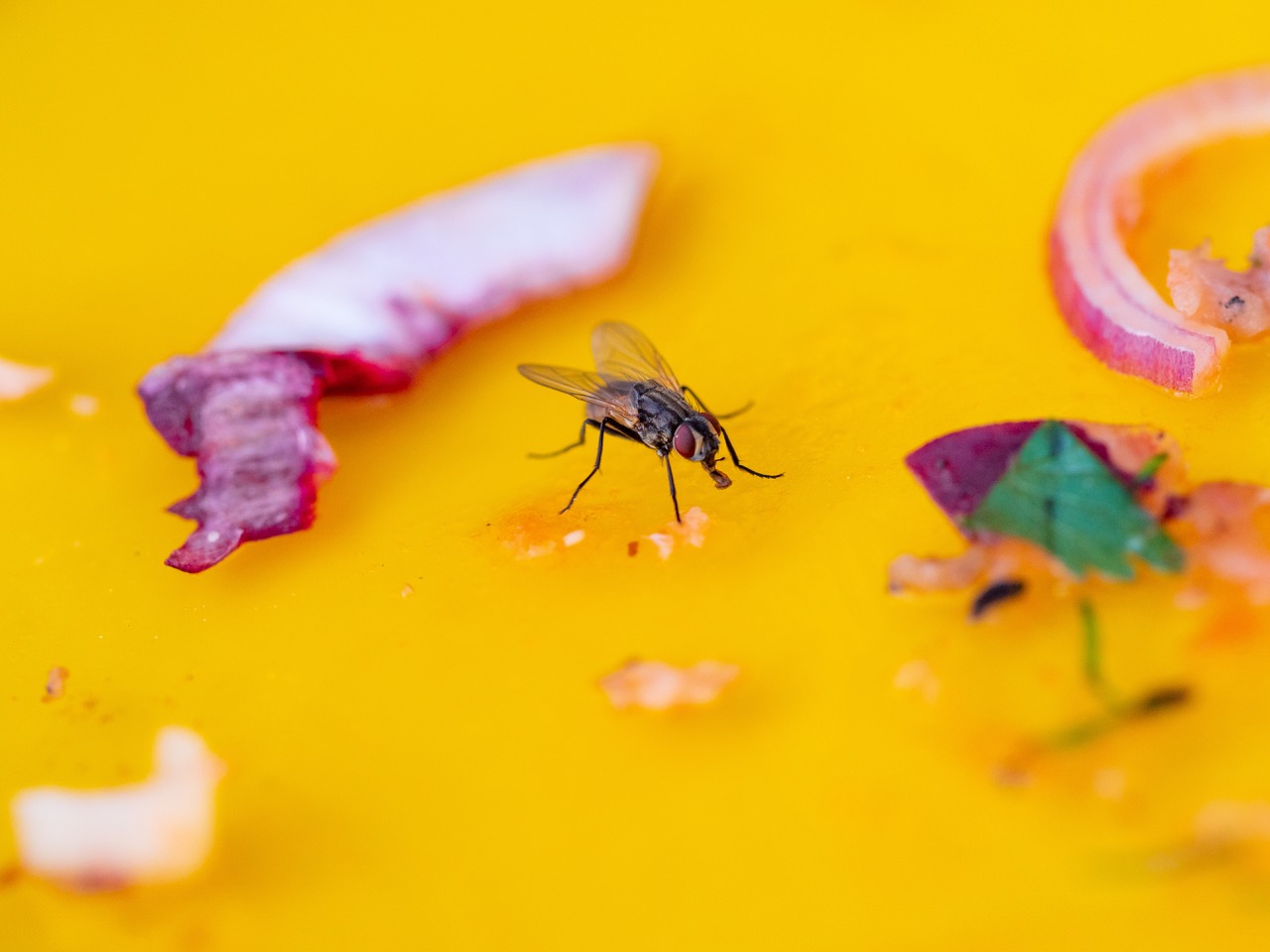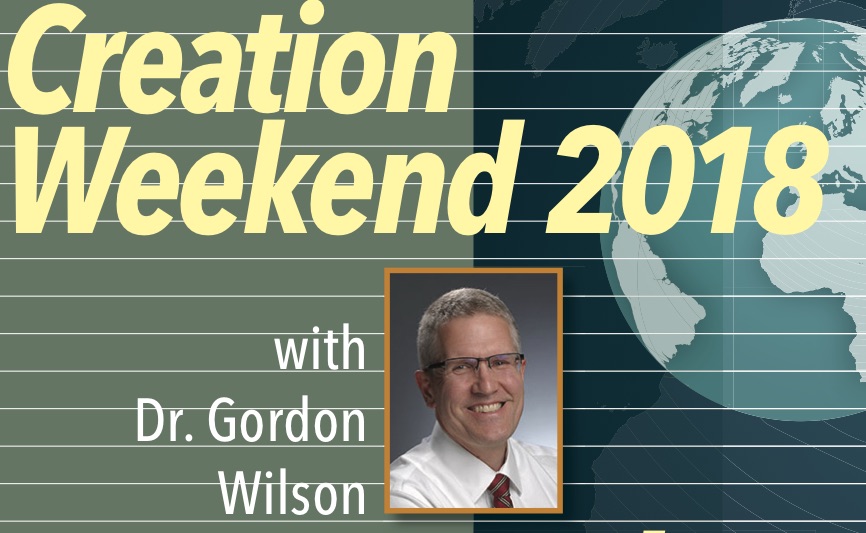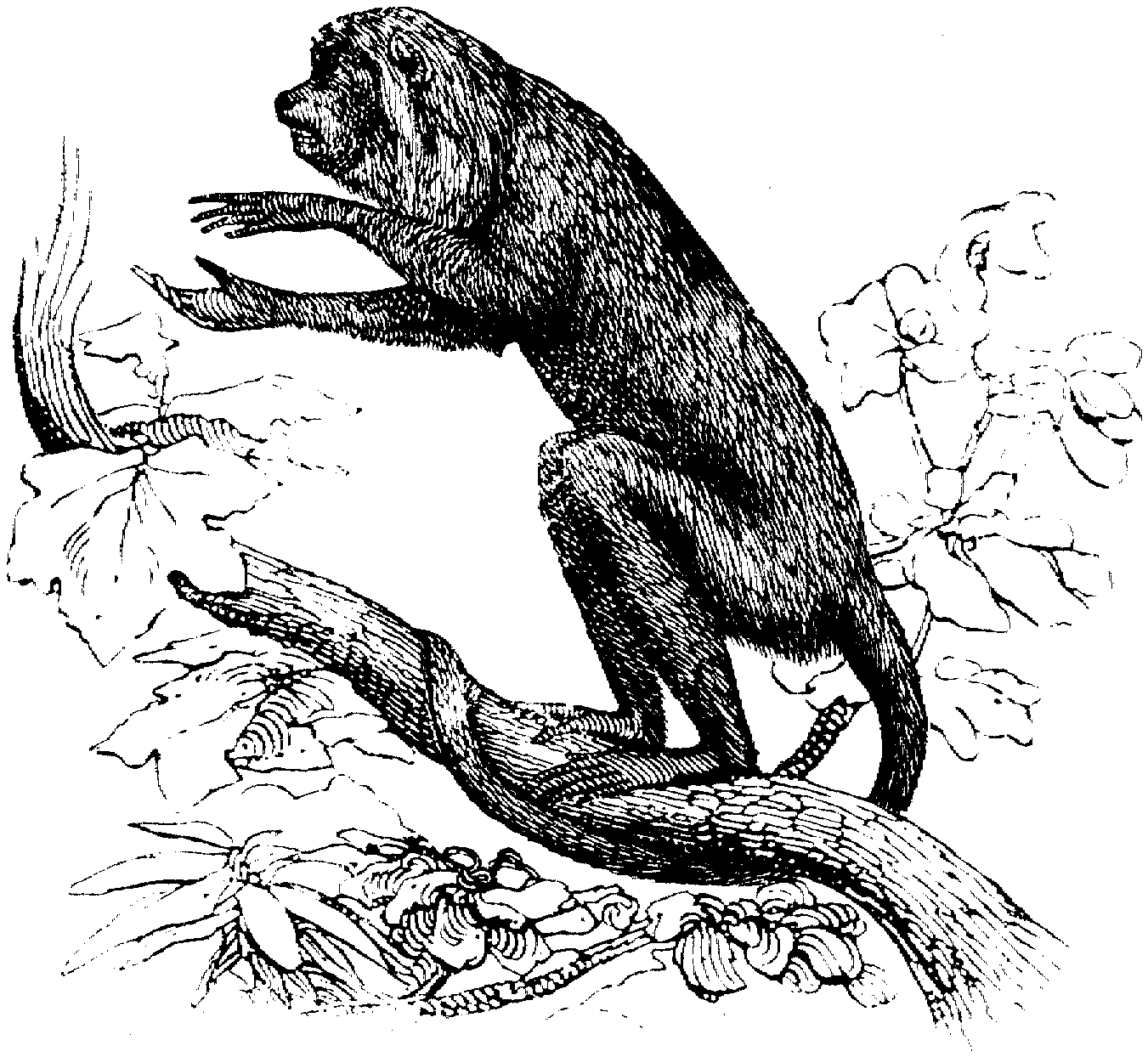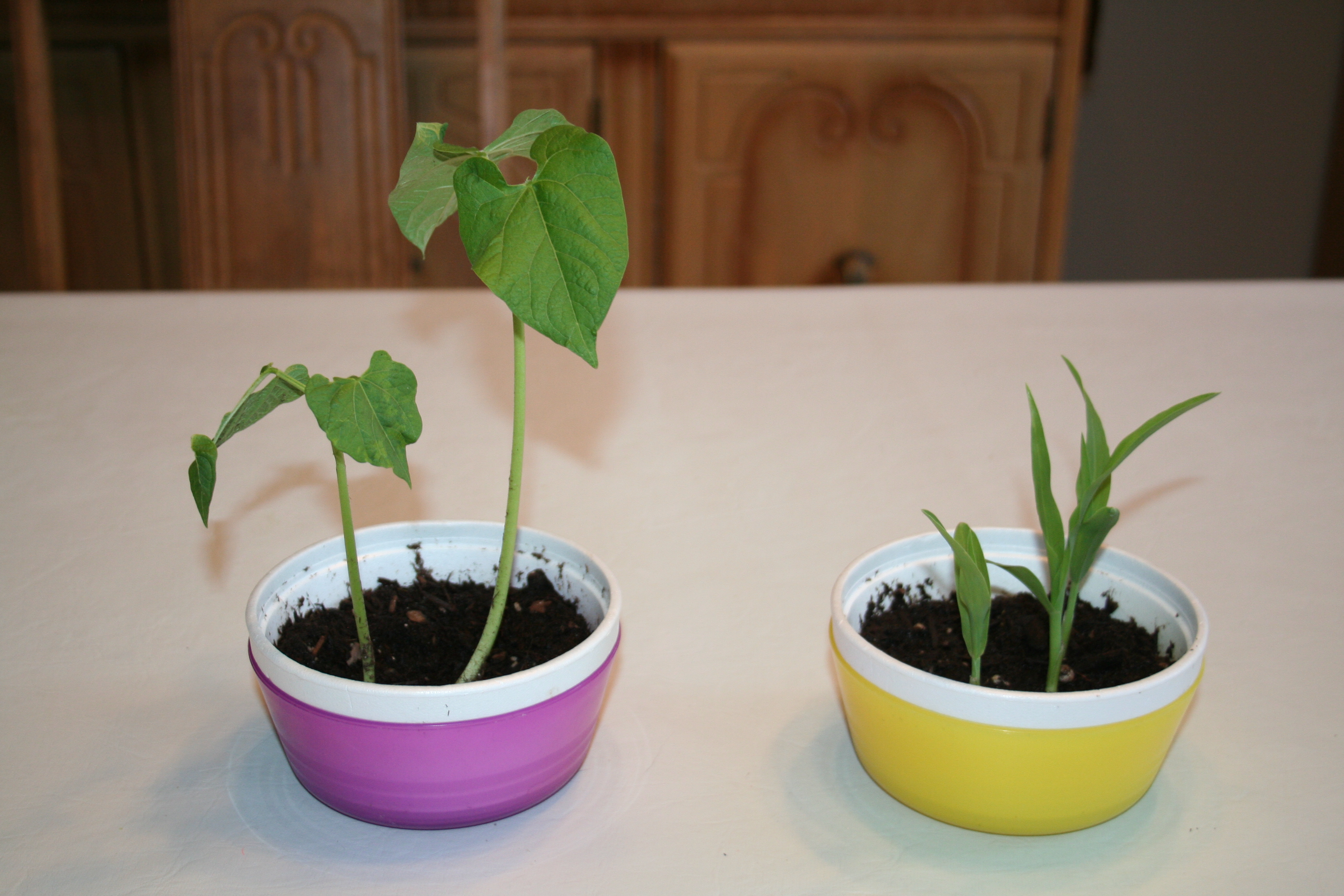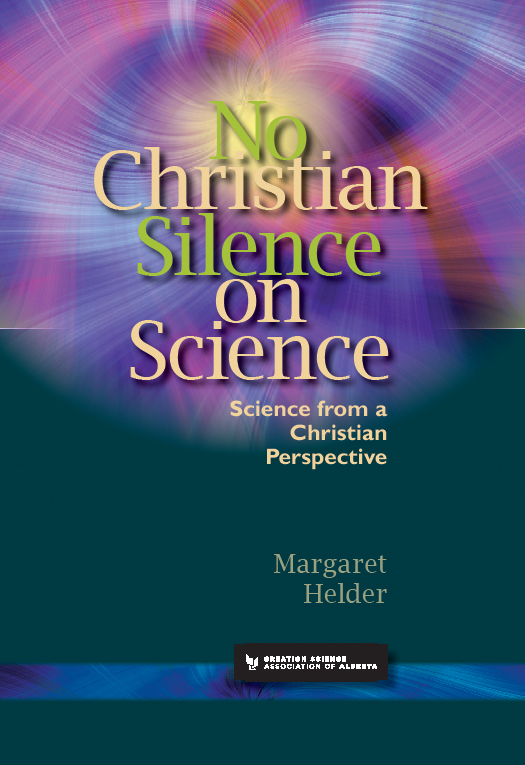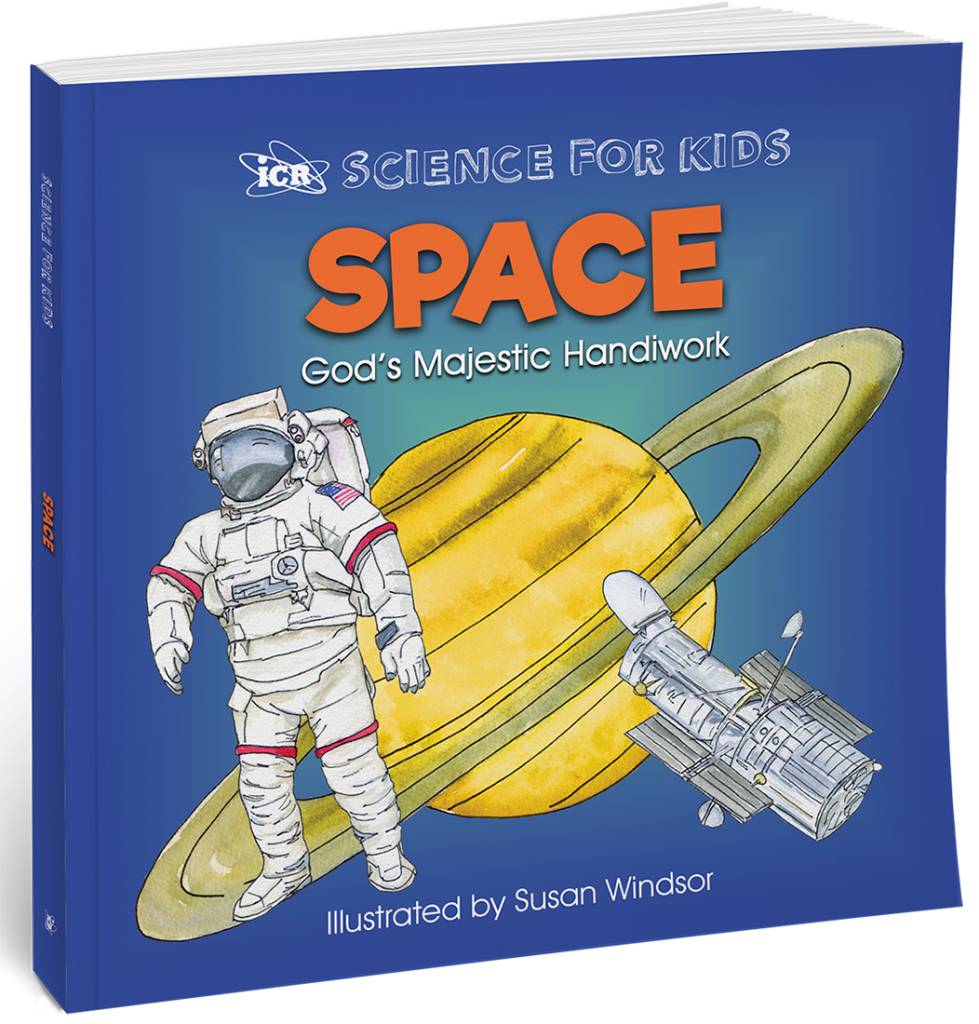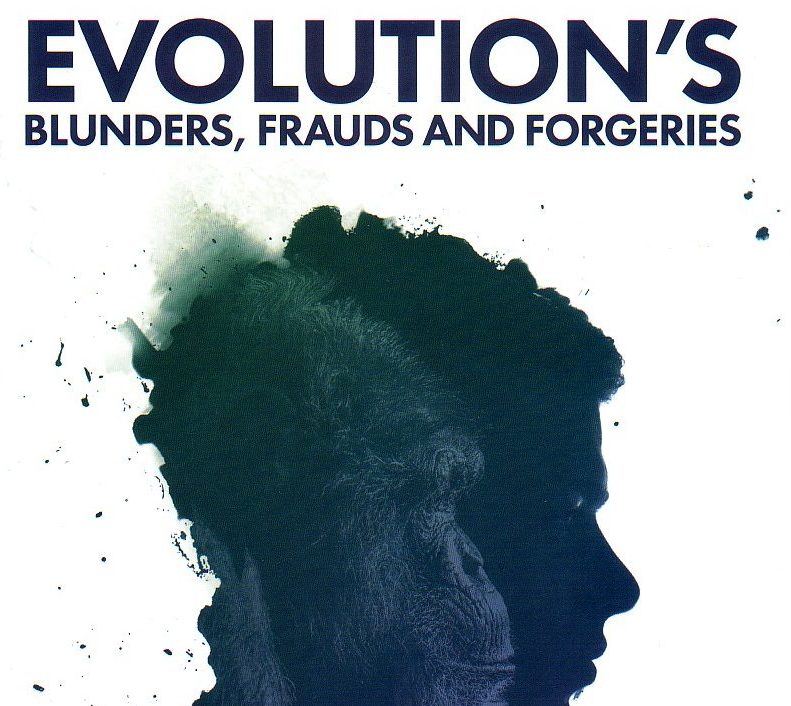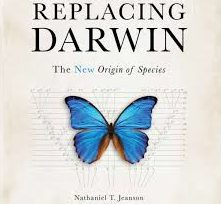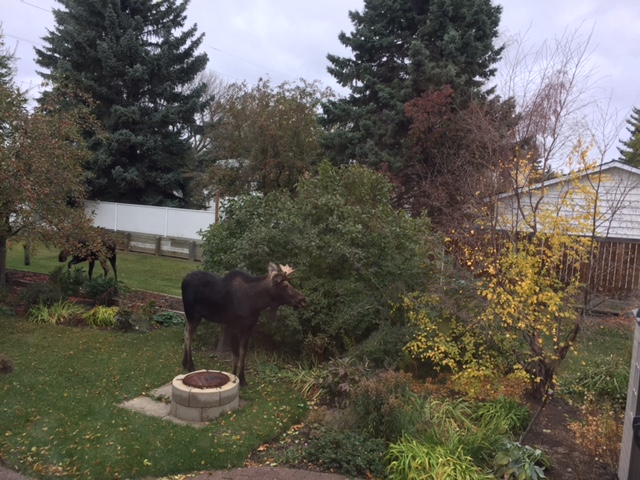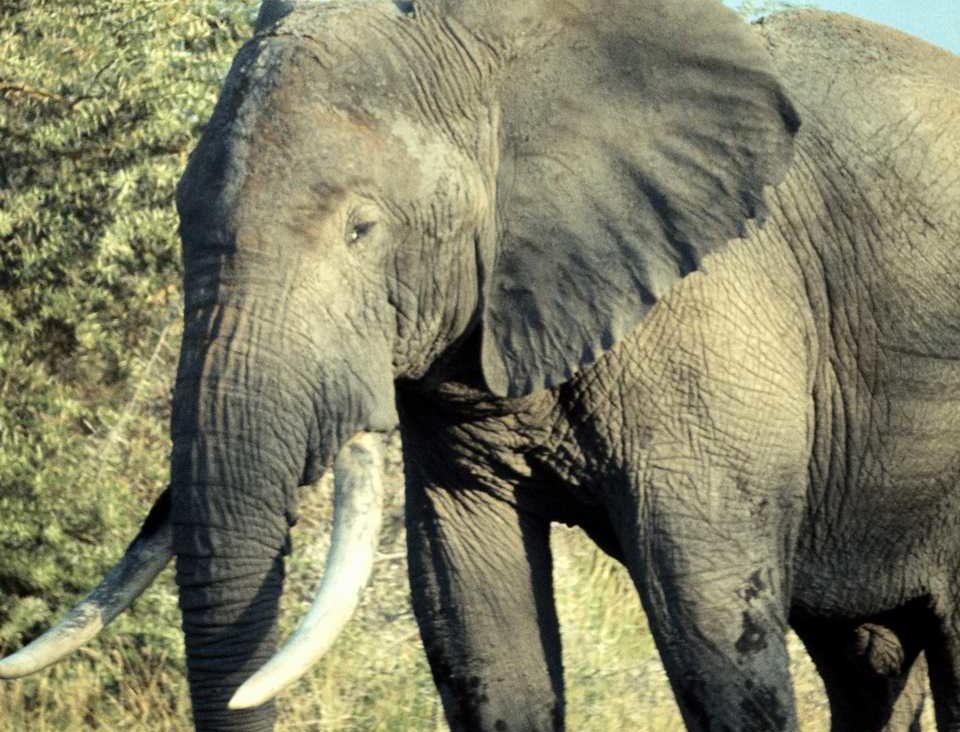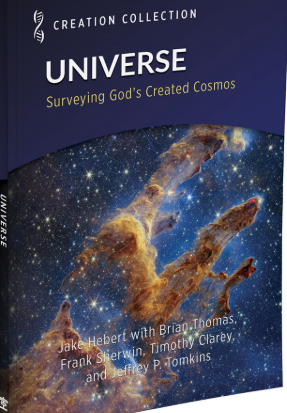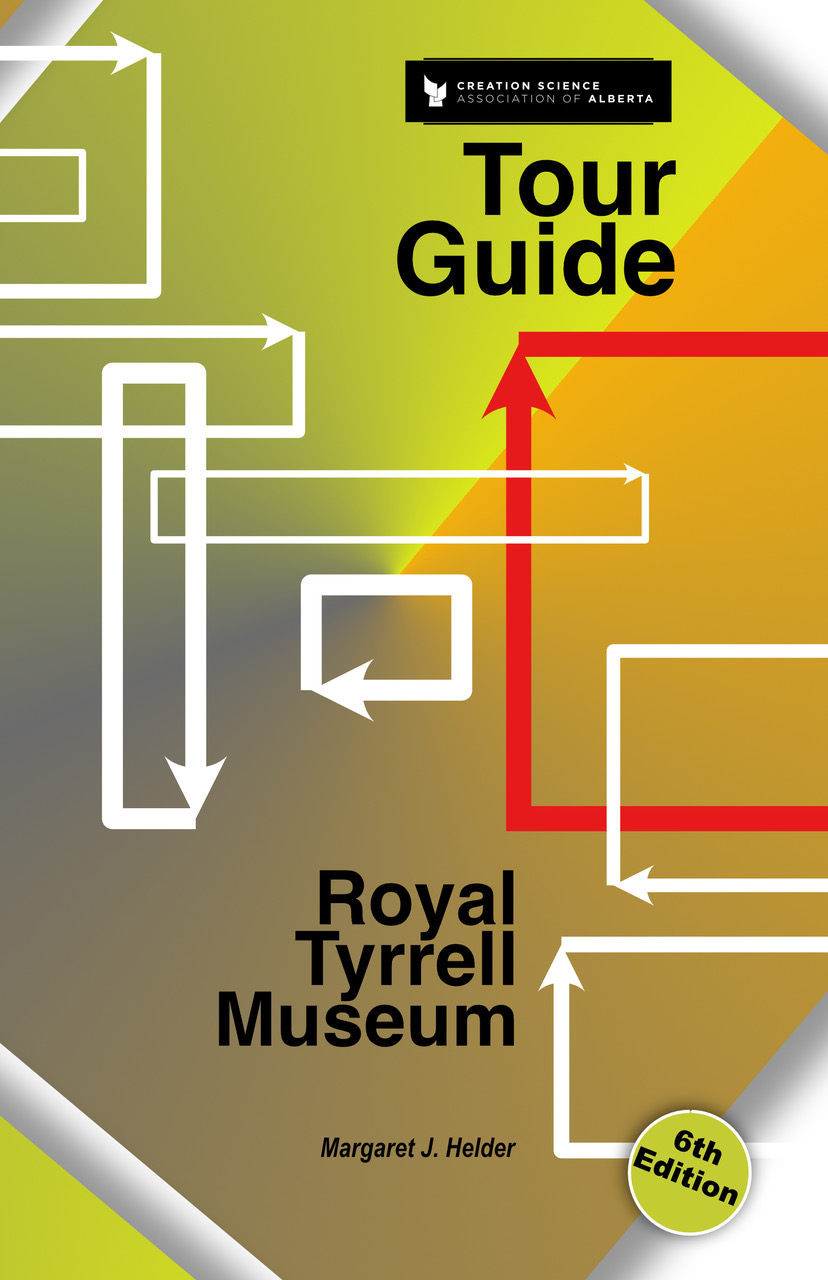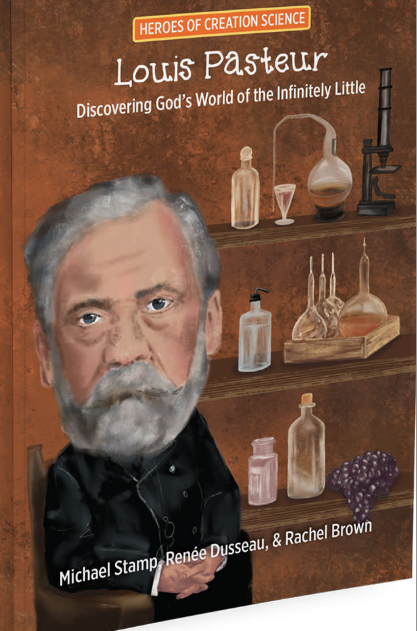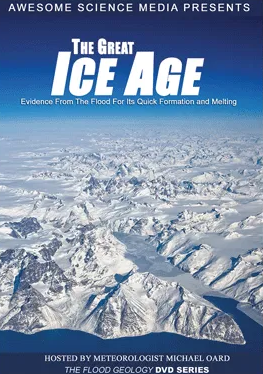Archive
Do you like to watch your favourite team show off their talents? Are you happy when they win? Sometimes it’s fun to be a spectator. All you have to do is cheer. Let’s be spectators in temperature races featuring that special competitor, the yeast cell.
Yeast is a tiny mold made up of a single cell. Yeast has the remarkable ability to turn sugar into alcohol and carbon dioxide gas. If there are more yeast cells, naturally, sugar is turned into alcohol and carbon dioxide gas at a faster rate. The happier the yeast is kept, the faster it grows and the more product it produces. Let’s see if temperature has any effect on how happy the yeast is and thus on how fast it grows and how much product it produces. Read the rest of this entry »
Aardvarks (Aard-Vark, Dutch for “earth-pig”), are one-of-a-kind animals, one of the strangest mammals you will ever encounter. They have a body like a large rat, a long snout like an ant eater, a pig nose, long ears like a rabbit, pink skin with coarse hair like a pig (but in contrast to pigs, aardvarks have very thick skin and lack a fat layer), short legs, feet like a pig and a long thin tail that resembles a kangaroo’s tail (Hutchins, 2004, p. 155). Their barrel-shaped body weighs between 100 and 180 pounds (50 to 83 kg). The greatly elongated head-snout is set on a short thick neck. The tail is thick at the base and gradually tapers. So strange was it that, when described to European naturalists, many doubted its reality (Catchpoole, 2014, p. 28). Read the rest of this entry »
Dr. Gordon Wilson’s presentations at Creation Weekend 2018 were extremely well received. The first lecture dealt with natural evil. Mankind has long pondered why our beautiful creation is so full of cruelty and death. Indeed our ecology as it is now, runs on death. And many creatures survive entirely by consuming other creatures. The big question, Dr. Gordon Wilson declared, is how this situation came to be since God created everything in an unfallen state, all of it very good. Moreover, Scripture tells us that there was no physical death, animal or human, before the fall. All animals were vegetarian. Read the rest of this entry »
Biologists tell us that the ability to detect and identify odours is perhaps the most important sense that animals need to survive. By means of odour detection, insects locate food, avoid toxins and predators, and communicate with others of their own species. Their sense of smell is located mainly in their antennae.
One insect that is particularly talented in many respects, is none other than the famous fruit fly. For example, these red-eyed beauties exhibit extremely good abilities to find rotting fruit. Because fruit flies are easy to culture, biologists first studied odour detecting talents in these creatures. The study was expected to be interesting but scarcely earth-shattering. But guess what! Drosophila (fruit fly) was the tip of the iceberg to reveal that insects exhibit odour detecting abilities that are highly unusual and a major problem for evolutionary expectations. Since then similar studies have been conducted on moths, beetles, other flies, cockroaches and social insects. Read the rest of this entry »
Despite the fact that Edmonton suffered through periodic snowfalls from mid-September onward, the days before the Creation Weekend and on the weekend itself, were warmish and dry. As a result, a number of people were able to drive long distances to our sessions. Some people came from Grande Prairie, the Northwest Territories, northwest British Columbia, Calgary and far southern Alberta. Those from far and near all appreciated the sessions. Read the rest of this entry »
Creation Weekend 2018 October 26 & 27
The Creation Science Association of Alberta is excited that our featured speaker for Creation Weekend 2018 is Dr. Gordon Wilson of New St. Andrews College in Moscow, Idaho. Dr. Wilson’s enthusiasm for biology is infectious and the topics which he will present are ones that are very relevant to our lives as Christians today.
Tree sloths are one of the strangest families one could imagine and seem to have very little in common with any other animal kind (Edmonds, p. 38). They are the world’s only inverted quadruped (Cooke, p. 52). Sloths are almost comically slow-moving mammals, deliberately moving so slowly that it looks like a movie of them is being played in slow motion. Neither prodding nor threats will make them move much faster, partly because when on the ground, their small legs are so weak that they have to drag their heavy middle along the surface (Cooke, p. 51). A tortoise would easily beat them in a race. Their cruising speed is a mere 0.19 miles per hour, but they can climb a tree at a fairly good clip, for a sloth that is. They often sleep, or appear to sleep, one cannot always tell, about 10 hours a day in trees in the Central and South America rain forests. In contrast to most mammals, they are neither strictly nocturnal nor diurnal, but frequent nappers instead (Hoke, p. 88). Read the rest of this entry »
My husband and I recently visited the Philip J. Currie Museum at Wembley in northwestern Alberta. The rationale for building this beautiful new facility was the Pachyrhinosaurus bonebed at nearby Pipestone Creek. This horned dinosaur is very interesting, known from bonebeds in Alberta and the north slope of Alaska. The museum did not display a model of the highly concentrated bone bed (up to 200 bones per square metre), nor a skeleton of Pachyrhinosaurus, nor a model of the creature (that I saw). They did however display different sizes of one kind of arm bone to illustrate that animals of all ages were overtaken by the same watery catastrophe. Read the rest of this entry »
Two “teams” of plants compete for popularity
One evening after dinner at our Opa and Grandmum’s house, Grandmum told us that we were going to do an experiment called Monocot “Meanies” vs. Dicot “Dreamers”. We each took two styrofoam bowls and put holes in the bottom, and then put in some soil. In one bowl, we planted two soaked bean seeds and two dry bean seeds. In the other bowl, we planted two soaked corn seeds and two dry corn seeds. Grandmum said, “Some plants are Monocot Meanies and others are Dicot Dreamers.” She didn’t tell us which was which, but that we would know when they came up. Read the rest of this entry »
Margaret Helder has developed a guide to enhance the learning opportunities and appreciation of the message in her book (which is to encourage everyone to critically evaluate scientific pronouncements). For each chapter there is a brief overview statement. Brief paragraphs follow for each subsection in each chapter with key concepts introduced. There follows for each chapter a list of questions, many of them involving the key concepts. The next section provides detailed answers for each question. A sure to be popular section follows on resources. These are provided under topical headings. Books, articles (all obtainable) and especially video clips on-line, are certain to be useful for any biological studies, not just for this book. Lastly for each chapter, a section on extension is provided. This booklet of about 60 pages, will be available on line (free download) and in hard copy. Inquire through our website for your copy as soon as it is available.
We have seen it so many times. Eager children dance around their mother as they proceed to pick out books from the public library. The books all look so appealing! Little Johnny is a space fanatic since he has just acquired a new telescope. Ah, here we go, nice books on space! But mother shakes her head. Maybe we can find a book somewhere else that provides better information on space, information that conforms to the biblical record. Well, look no further! Institute for Creation Research has produced a very nice introduction to space for children of kindergarten age to grade 5. Read the rest of this entry »
A sign of the maturity of the creation science field is that books on a broader spectrum of topics have begun to appear. Excellent as titles are on such issues as dinosaurs and radiometric dating, it is nice to see some discussion of new issues. So it is then, that Dr. Jerry Bergman’s new book entitled Evolution’s Blunders, Frauds and Forgeries is certain to attract attention. Besides, the information contained therein is certainly fascinating.
Many of us have heard of the Piltdown Man fraud and the unmasking of that fraud which rocked the scientific world in 1953. However the story of how the events unfolded before that is very interesting. Since the deception was so obvious, it is a wonder that the scientific world allowed themselves to be deceived for more than 40 years. Similarly the 1922 ‘discovery’ of Nebraska Man which turned out to be an extinct pig, is also well known. However this book by Jerry Bergman also discusses many other astonishing examples of error or downright fraud. Read the rest of this entry »
Order OnlineLandmark Work: What’s Wrong with ‘Survival of the Fittest’
An exciting new book was published in the fall of 2017. The author, Nathaniel Jeanson, is a specialist in molecular biology and bioinformatics with a Ph.D. in cell and developmental biology from Harvard University. With such fancy credentials, one might expect his new book to be very difficult and full of technical mumbo-jumbo! Well, Dr. Jeanson does present some very interesting information, but he does undertake to make the discussion accessible to interested readers. Excellent illustrations (some in colour) really help. Nevertheless for reading this book a good background in high school biology at least would be a big help. Read the rest of this entry »
Order OnlinePeople who live in rural regions obviously have an enormous advantage in opportunities to observe and enjoy nature. For a start, they may be able to view the night sky much better than their friends in the city whose view of the stars is dimmed by city lights. Secondly of course there are the animals who make a point of visiting the property. There may be waterfowl in the spring, ducks and geese at least, who come to refresh themselves on your pond. And how about the frogs who deafen the night with their cheerful choruses. Read the rest of this entry »
The African elephant is the largest living terrestrial mammal, even larger than most dinosaurs. Its mammoth size means their primary enemy is humans, not the major carnivores, such as lions, that inhabit its homeland. The largest recorded African elephant reached 12 feet (four meters) at the shoulder and weighed over ten tons. Called “nature’s masterpiece” and “skilled engineers” elephants are one of “the most intelligent of domesticated animals.” (Redmond, 1993, p. 6). Read the rest of this entry »



